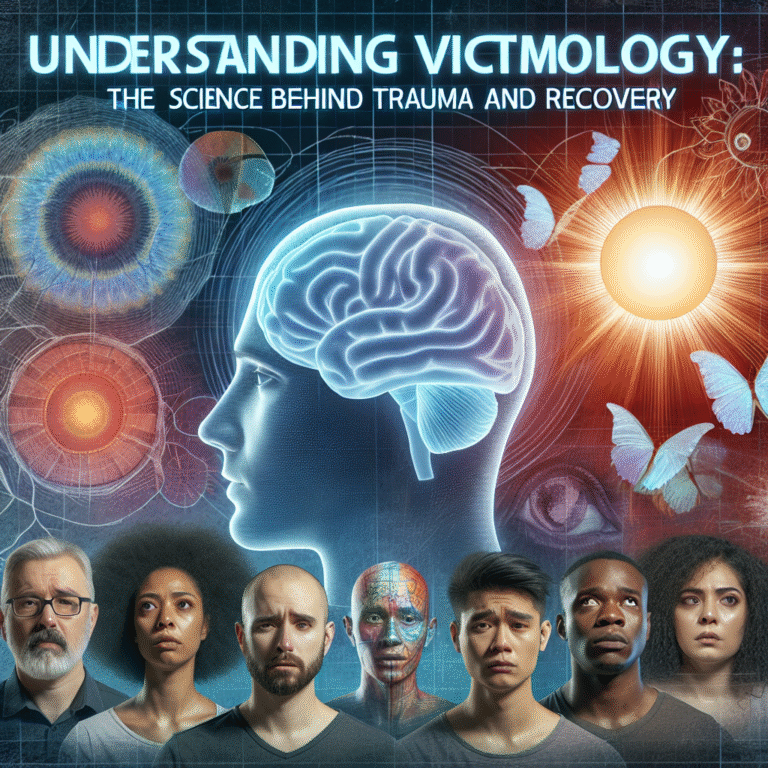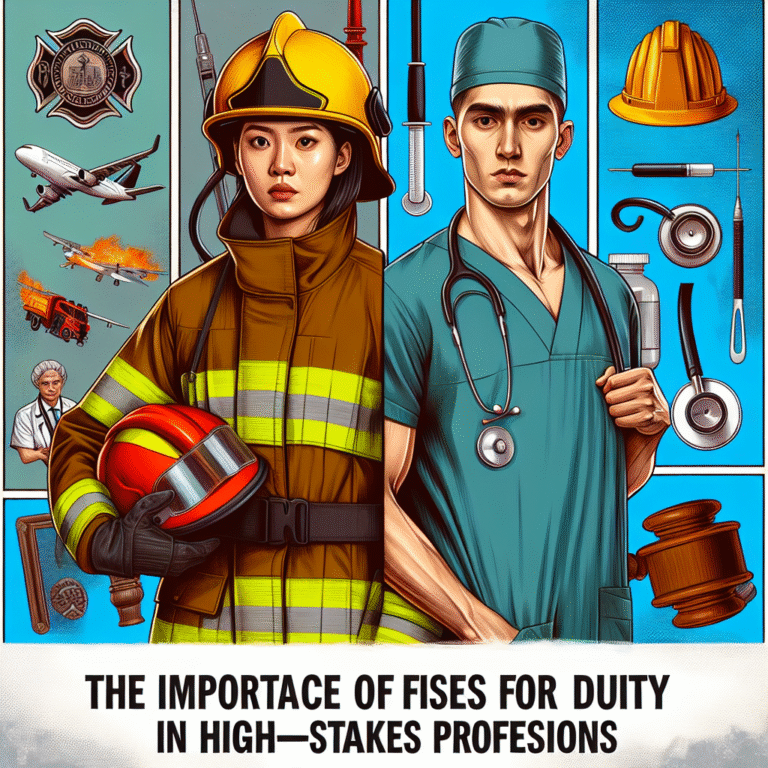
Introduction
Imagine a courtroom buzzing with anticipation as twelve jurors take their seats, ready to deliberate on a case that could change lives. The gravity of jury selection holds immense weight. Selecting fairness—essentially, ensuring an impartial jury—is one of the most critical aspects of the legal process. Yet, navigating the complexities of jury selection can be fraught with challenges. This article delves into these challenges while offering strategic insights, providing a comprehensive exploration of the intricacies involved in selecting jurors who are both fair and impartial.
The Importance of Jury Selection
Choosing a jury is more than simply picking individuals from a pool; it’s about selecting fairness and gauging how their backgrounds, beliefs, and experiences might shape their views. Research indicates that a jury’s composition can significantly influence case outcomes (Smith, 2021). The stakes are high; a well-selected jury can lead to justice being served, while a poorly chosen one might result in an unfair verdict, potentially upending lives and careers.
The Legal Framework
Understanding Jury Selection
Jury selection is governed by various laws and regulations intended to promote fairness. The Sixth Amendment guarantees the right to an impartial jury, while actual procedures can vary widely by jurisdiction. The processes involve several key steps:
- Jury Summons: Individuals are randomly selected from the public to form a jury pool.
- Voir Dire: This critical phase involves questioning potential jurors to determine biases.
- Challenges: Lawyers can dismiss certain jurors for cause (bias) or use peremptory challenges (no need for justification).
These processes are designed to ensure that jurors are representative of the community, which is a cornerstone of selecting fairness.
Case Study: Batson v. Kentucky
A landmark case, Batson v. Kentucky (1986), established that attorneys cannot use peremptory challenges based solely on race. This ruling highlighted the necessity of selecting fairness in jury selection and set the stage for further discussions about bias and discrimination in juror selection.
Analysis: Batson’s impact on jury selection strategies is significant. Attorneys now need to be more aware of their choices, implementing strategies that ensure diversity, thereby enhancing the credibility of the verdict.
Challenges in Selecting Fairness
Despite a clear legal framework, significant challenges persist when selecting jurors.
Implicit Bias
One of the fundamental challenges in selecting fairness is implicit bias—the unconscious attitudes or stereotypes that affect understanding, actions, and decisions. Jurors may unknowingly carry biases that influence their perspectives on justice.
Example Situation
Consider a case involving a defendant from a marginalized community. A juror, influenced by societal stereotypes, may subconsciously lean towards an unfavorable judgment, regardless of the evidence presented.
Response Strategies:
- Training for Legal Teams: Educating attorneys about implicit bias can create awareness, allowing for more thoughtful jury selection.
- Diverse Jury Pools: Assembling juror pools that reflect community diversity can counteract inherent biases.
Limited Juror Pools
Many regions experience a pool of jurors that isn’t representative of the demographic makeup of the community. This limitation can inadvertently skew outcomes.
Strategies to Overcome Limitations
- Enhanced Recruitment: Active efforts to engage diverse community members can enrich the juror pool.
- Utilizing Technology: Innovative platforms that ensure demographic representation can aid in the selection process.
Practical Strategies for Selecting Fairness
Ensuring Diversity
Striving for a diverse jury is essential in selecting fairness. Diversity not only enhances the legitimacy of the verdict but also brings multiple perspectives.
Approach:
- Utilize tools and surveys to better understand community demographics.
- Engage community leaders in outreach efforts to encourage participation.
Implementing Comprehensive Voir Dire
Effective voir dire can surface potential biases. Attorneys should use comprehensive and strategic questioning techniques to facilitate genuine insights into jurors’ backgrounds.
Sample Questions for Voir Dire
- Have you or a loved one been involved in a situation similar to this case?
- What are your feelings about the judicial system?
- Can you set aside personal beliefs to reach a fair decision?
Gathering Data and Insights
Utilizing data analytics can provide valuable insights into jury selection. By studying historical verdicts and jury demographics, attorneys can tailor their strategies to improve the chances of selecting fairness.
Case Study: Data-Driven Jury Selection
In a notable case, a law firm employed data analytics to assess previous jury decisions in similar cases. This analytical approach led to improved jury selection and a favorable outcome.
Analysis: The integration of data-driven strategies in selecting fairness represents a progressive shift, moving away from intuition towards informed decision-making.
Ethical Considerations in Jury Selection
Maintaining ethical standards is critical in the jury selection process. Ensuring that strategies do not infringe upon individuals’ rights or perpetuate biases is paramount for upholding the integrity of the legal system.
Transparency and Accountability
Attorneys must maintain transparency in their selection practices. Collaboration among legal professionals can foster accountability, leading to better outcomes in selecting fairness.
Conclusion
Selecting fairness in jury selection is a nuanced and complex area that requires vigilance, strategy, and ethical consideration. By addressing challenges such as implicit bias, limited juror pools, and the imperative for diversity, legal professionals can make strides toward a more just process. Integrating data analytics and comprehensive strategies enhances the likelihood of assembling an impartial jury, ultimately strengthening the foundations of justice.
Actionable Insights
- Educate yourself and your team on implicit bias.
- Engage with community leaders to expand juror diversity.
- Leverage data analytics for informed jury selection strategies.
FAQs
What is the purpose of voir dire?
- Voir dire aims to identify biases and ensure that jurors can serve impartially.
How can implicit bias affect jury decisions?
- Implicit bias can lead jurors to lean toward prejudice, affecting their judgment regardless of the evidence.
What strategies can be used to promote jury diversity?
- Strategies include community outreach, education, and using technology to engage diverse populations.
Are peremptory challenges always allowed in jury selection?
- While peremptory challenges are common, they are limited by laws preventing discrimination based on race, gender, or ethnicity.
- Can data improve jury selection outcomes?
- Yes, historical data analysis can provide insights into jury composition and decision trends, leading to more informed selections.
Selecting fairness: challenges and strategies in jury selection are not just legal issues; they resonate deeply within the fabric of society. Striving towards an equitable legal system demands our collective effort, but the reward—a more just society—is worth the pursuit.















